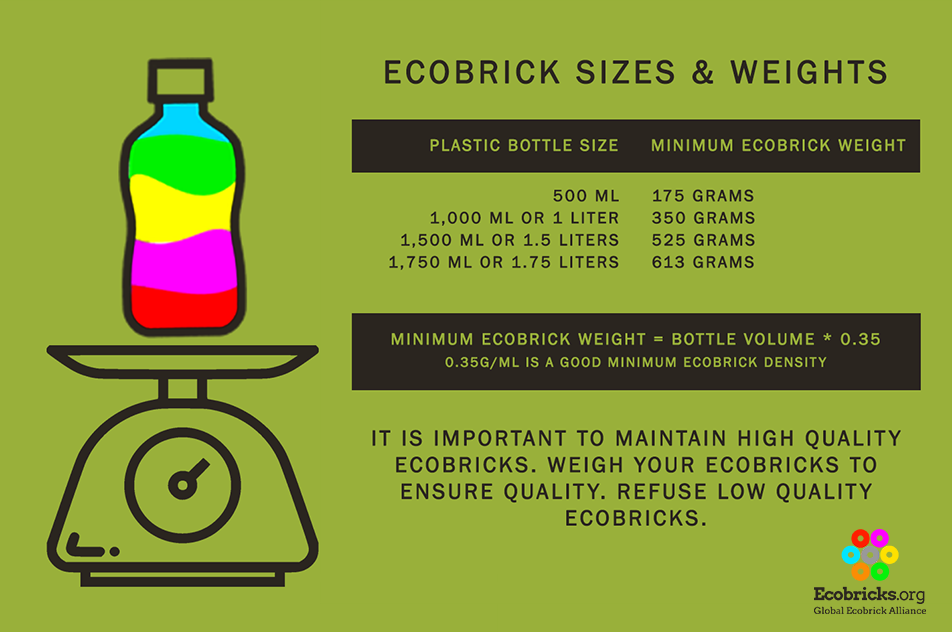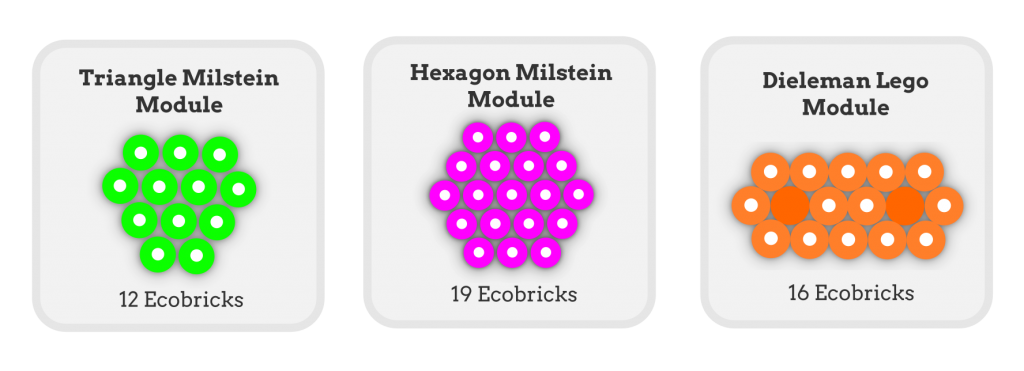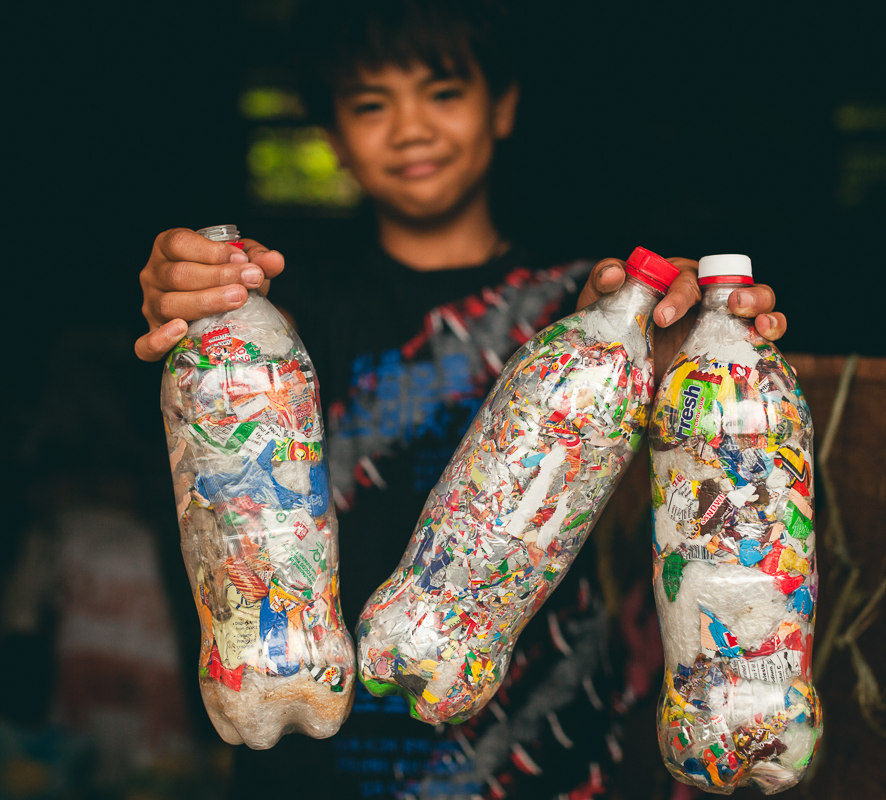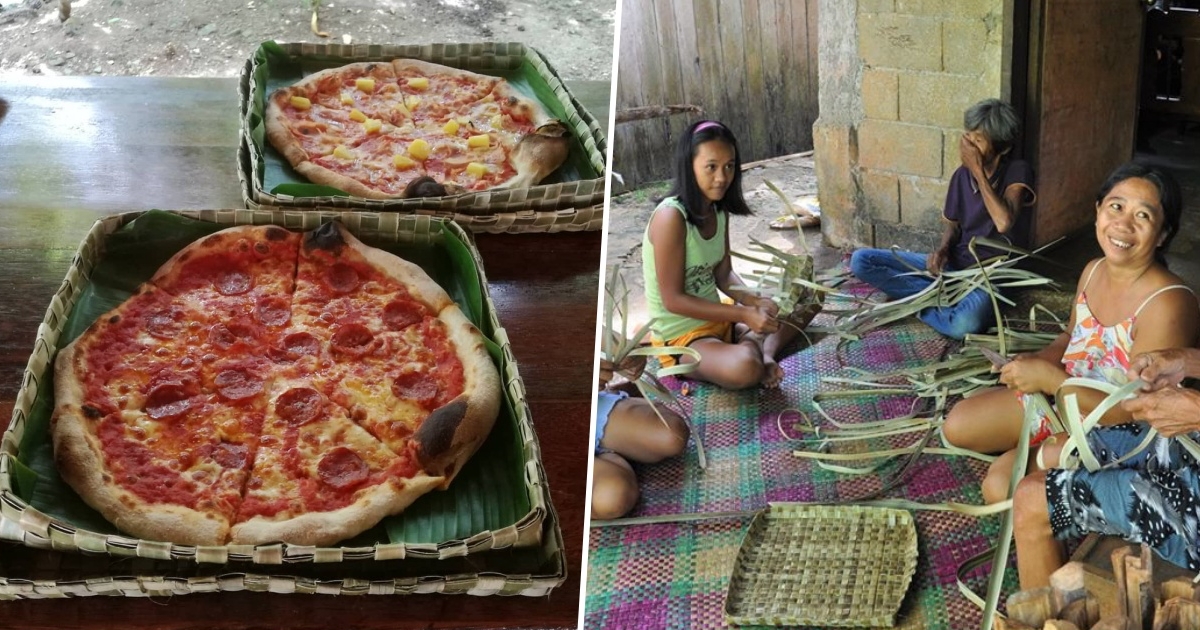The Right Steps in Making an Eco-Brick
Time to take action.
by Therese Aseoche | July 18, 2018
At this time, we should be doing whatever we can to lessen our use of plastics. But when you’re faced with situations wherein plastic waste cannot be avoided, don’t throw those into the trash bin; use them to make an eco-brick instead!
Making an eco-brick is simple, but there are important rules you need to follow before you jump right in. Here’s the right way to do it:
1. Clean your plastics
You should only use clean, dry plastics when making your eco-brick. Plastics that contain dirt and grime can cause microbiological growth and methane gas formation within your eco-brick which can lead to an unsightly product or bloated bottles. Be sure to wash off any dirt, food, or residue from your plastics and leave them out under the sun to dry.
Remember that you shouldn’t put in metal, glass, paper, and other biodegradable waste. Plastics only!
2. Ready your bottle
Eco-bricks are usually made using 1.5 liter PET bottles, but you can essentially make them out of any plastic bottle you have. Remember to clean them and dry them out as well before usage.
3. Collect your plastic waste
Now it’s time to make your eco-brick! With your chosen PET bottle and your collection on non-recyclable plastics, carefully stuff your bottle starting first with soft plastics (e.g. cellophane bags) to fill 1 to 2 centimeters of the base. Cut down large plastics into smaller pieces to fill in every nook and cranny of the bottle. Use a long, flat-edged stick to pack them all down until it’s stuffed to the brim and meets the minimum weight required for the size of your bottle.

Take care when compressing the contents of your bottle so you won’t accidentally rupture it. You’ll know it’s perfect when the bottle is stiff and can no longer be squished with your fingers. Seal it tightly with the cap and move on to the last step.
4. Give it to any drop-off center
Once you’re done assembling your eco-brick, you can head to a drop-off point near you. These drop-off points provide temporary storage for these eco-bricks before they are taken and used as construction materials for tables, chairs, plant boxes, and even small houses.
Ecobricks Philippines has an updated document of all known drop-off points around the country that you can check every now and then. If you’re looking for one around Manila, you can visit the Roman Catholic Archbishop of Manila (RCAM) Ecology Center – Caritas Manila Compound from Monday to Saturday.
There’s also an ongoing promo by Robinsons Easymart where you can surrender your eco-bricks in exchange of a metal straw and a reusable water bottle.
5. Use it for your own projects
You might also want to build something on your own with your eco-bricks, and there are a variety of methods you can adopt, the fastest and easiest of which is the Milstein Modules. All you’ll need is at least 12 eco-bricks that you can glue together using silicon sealant and form honeycomb-like shapes to make chairs, tables, or any other indoor furniture.

Check Ecobricks.org to find the complete list of all building techniques.
Are you ready to start your eco-brick-making journey? Share with us your thoughts in the comments section below!
Featured image taken from Wikimedia Commons | Josephine Chan and Ian Christie of Ecobricks.org










Pingback: Eco Bricks: Turning Plastic Products into Building Blocks
June 27, 2019 at 5:41 pm